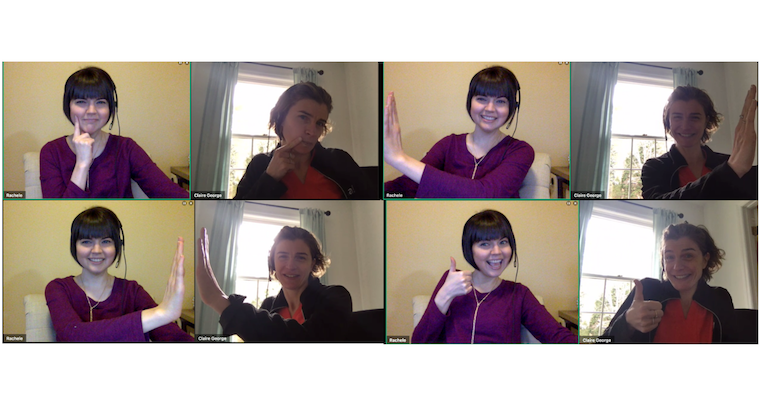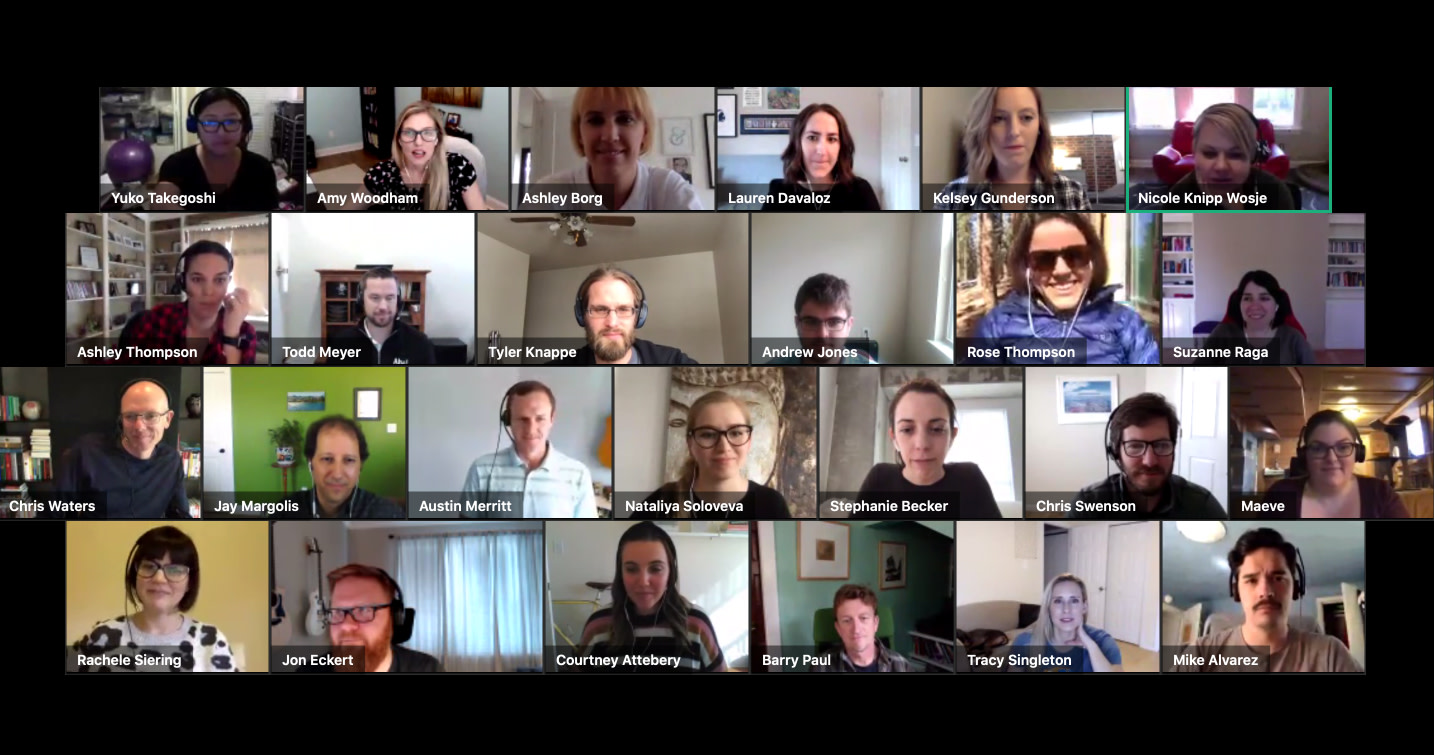
The Founder’s Paradox: How Do You Keep an Entirely Remote Team Engaged
I understood the skepticism at first. After all, Aha! was a new company with an entirely new approach. This was early 2013. My co-founder Dr. Chris Waters and I were working hard to build a Minimum Lovable Product and get as much feedback from customers as we could. We knew we wanted to wait until we had 100 paying customers before hiring anyone. And we knew that no matter what, we wanted to build our team intentionally and remotely.
From the beginning, people scoffed at the idea of building a high-growth company with no venture funding and an entirely remote team.
The most common point of contention? The idea that Chris and I would not know if people were working, the team would not be engaged, and there would be no company culture. Six years later, I can say — false, false, false.
And yet I still hear from skeptics. I talk to people all the time who doubt that it is possible to build a high-performing team that is entirely distributed. I just spoke with a chief strategy officer at a company with about 1,000 employees last week who was intrigued by our remote-only organization but skeptical it could ever work for his.
But I will say that there is a kernel of truth in all the could-never-work-here mindset. It does take real effort to keep an entirely remote team engaged.
There is an inherent paradox here — fostering deep connections between co-workers who rarely see each other in person.
Now, we do have opportunities at Aha! to meet up. Twice a year, we gather in a destination travel location for a week. We share upcoming plans, volunteer together, and bond over some fantastic dinners. But that is two weeks out of 52. The day-to-day work is still virtual. And this is why it requires dedication from leaders and teammates to engage with the work.
The following is a high-level look at how we approach this at Aha! — but I think there are lessons for any company founder, regardless of whether you are building a co-located or distributed team:
Find the you We know what we stand for. This is about vision and authenticity. When you can get really clear on what that is for you (and distill it to its essence), you will be able to engage people with clarity and openness. Being 100 percent distributed is part of our DNA.
Hire for motivation We strive to hire motivated people who are intrinsically driven to do what they do. This is because you simply cannot engage people who are half-in. People who are deeply driven tend to be the most engaged and committed to doing great work together — regardless of where the office chair is that they sit in.
Set big goals We have a roadmap for what we will achieve. This is the Aha! way. But our plan extends beyond business goals and product, it is also a roadmap for how we will engage the team. Working to achieve big goals helps people to become more deeply invested in the team and the company.
Prioritize transparency We have a relatively flat organizational structure. And we do everything we can to not do drama. But more than that, we prioritize transparent communication and a free-flow of information. We meet weekly as an entire company and each function talks about what they accomplished in the week and their priorities for what will come next.
Grow leaders We almost always promote from within. Whenever we are looking to add a team lead at Aha! we look to grow from within. Promoting people who know the organization brings an understanding of what it is like to be an individual contributor at Aha! to the role.
Be inclusive We are always looking for new ways to make real connections. And importantly, to make engagement accessible to every person (not just for some). This means understanding that not everyone will respond to the same programs. So, we have forums for focused conversation, sharing gratitude for one another, and even random pair-ups for monthly co-worker chats.
Really, keeping an entirely remote team engaged requires one thing — being present yourself.
This philosophy and approach have worked for us. But as we continue to add new folks to the team, we need to continue to adapt and expand the ways that people can connect. We are now one of the largest completely distributed software companies in the U.S.
Being distributed and staying together is a challenge. But it is well worth working on — because allowing people to work remotely has such a positive impact on the individual, the business, and the communities they live in.
Read more of The Founder’s Paradox.




